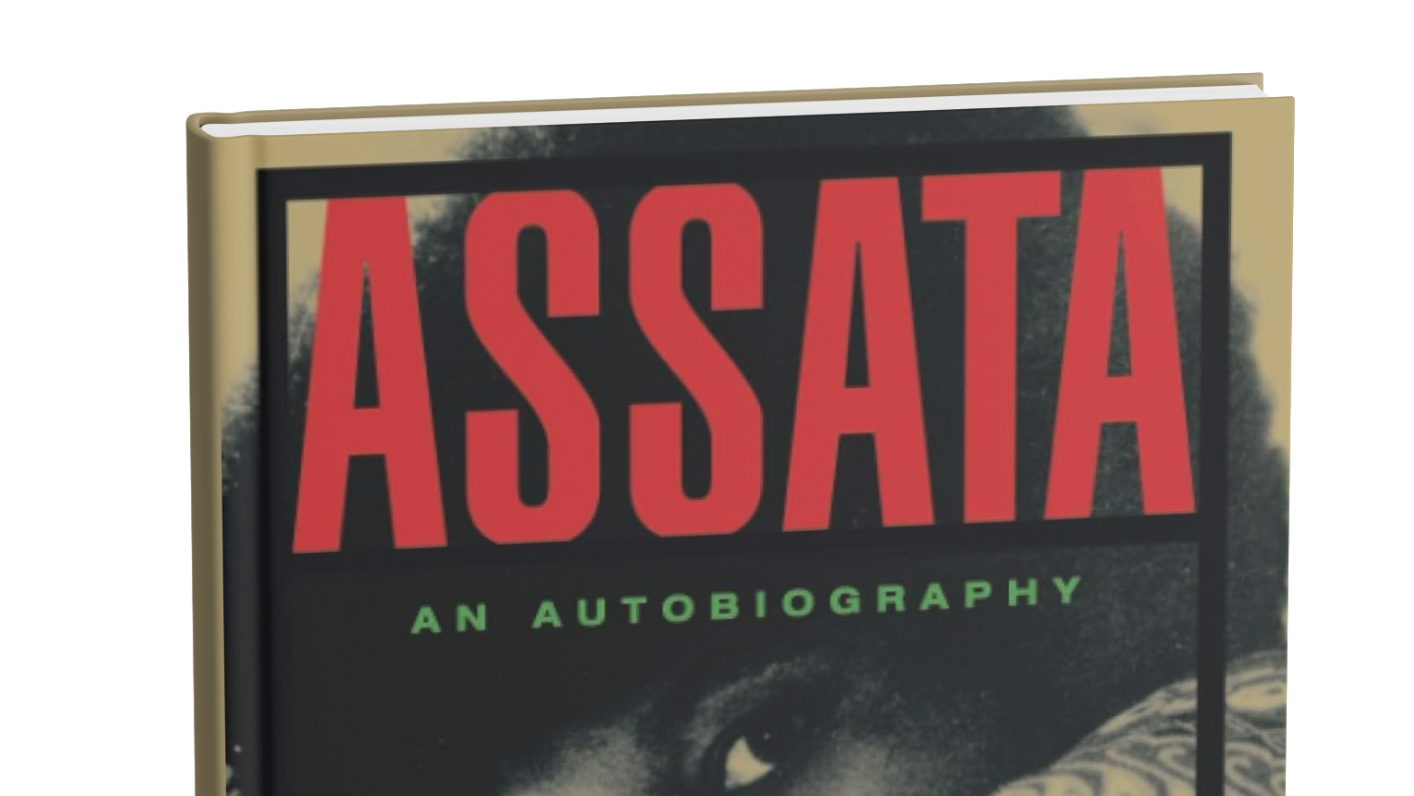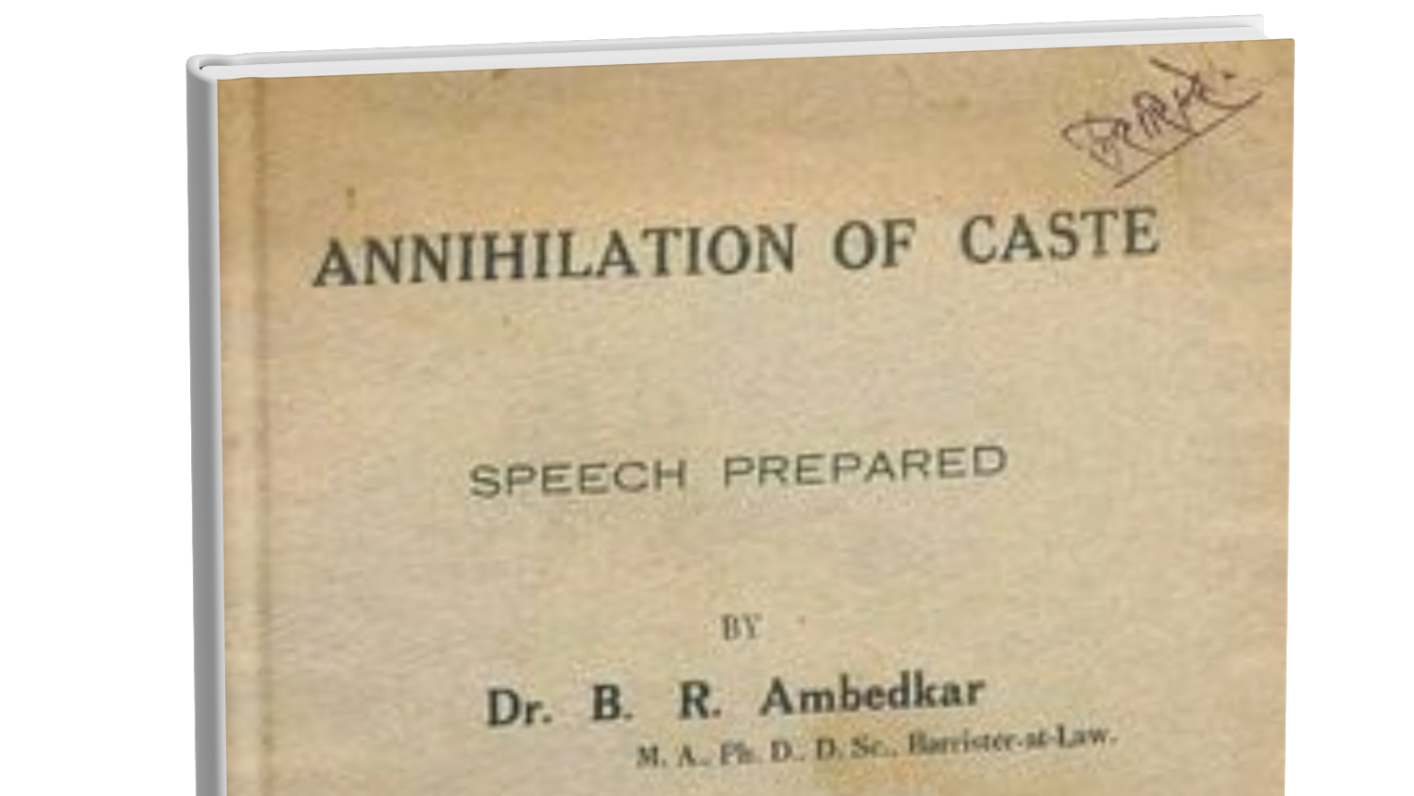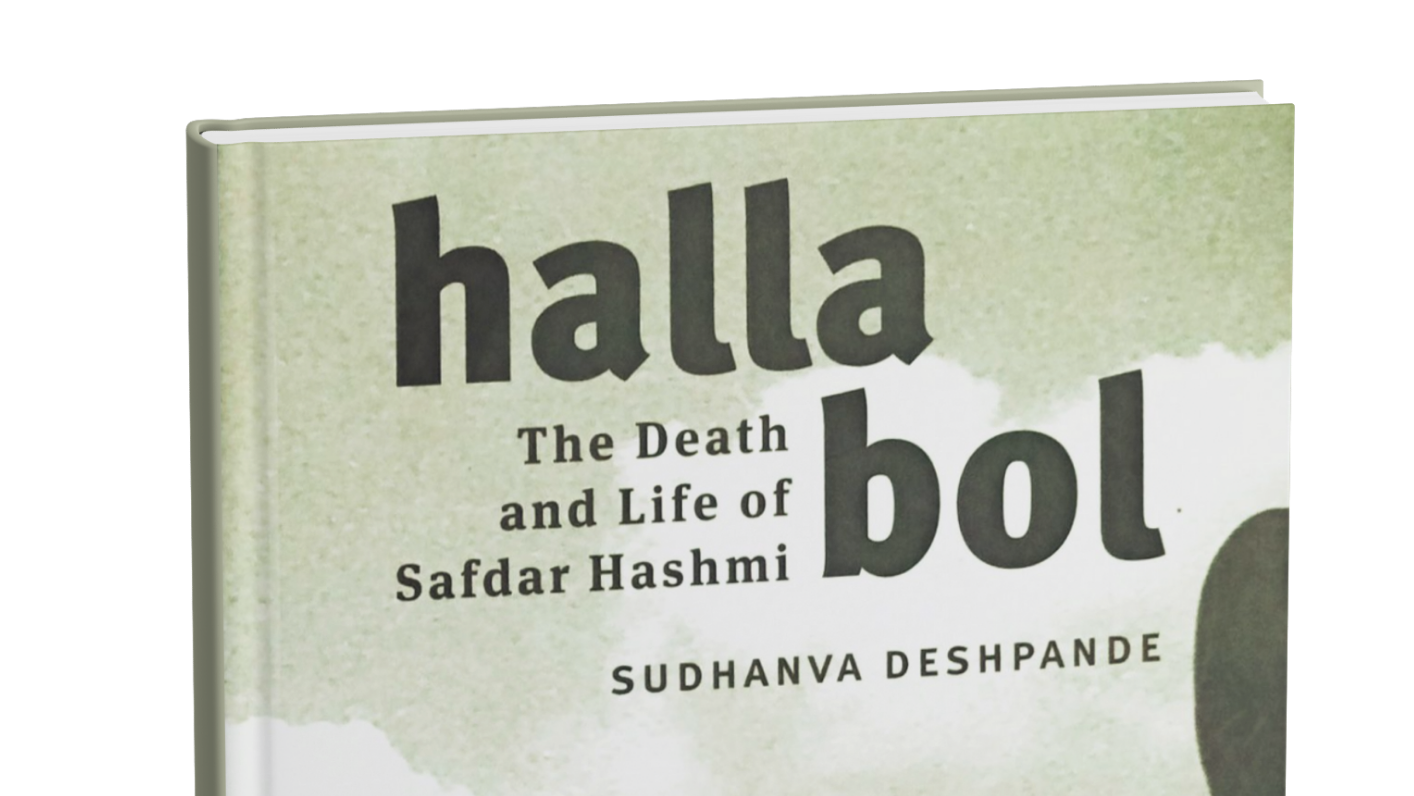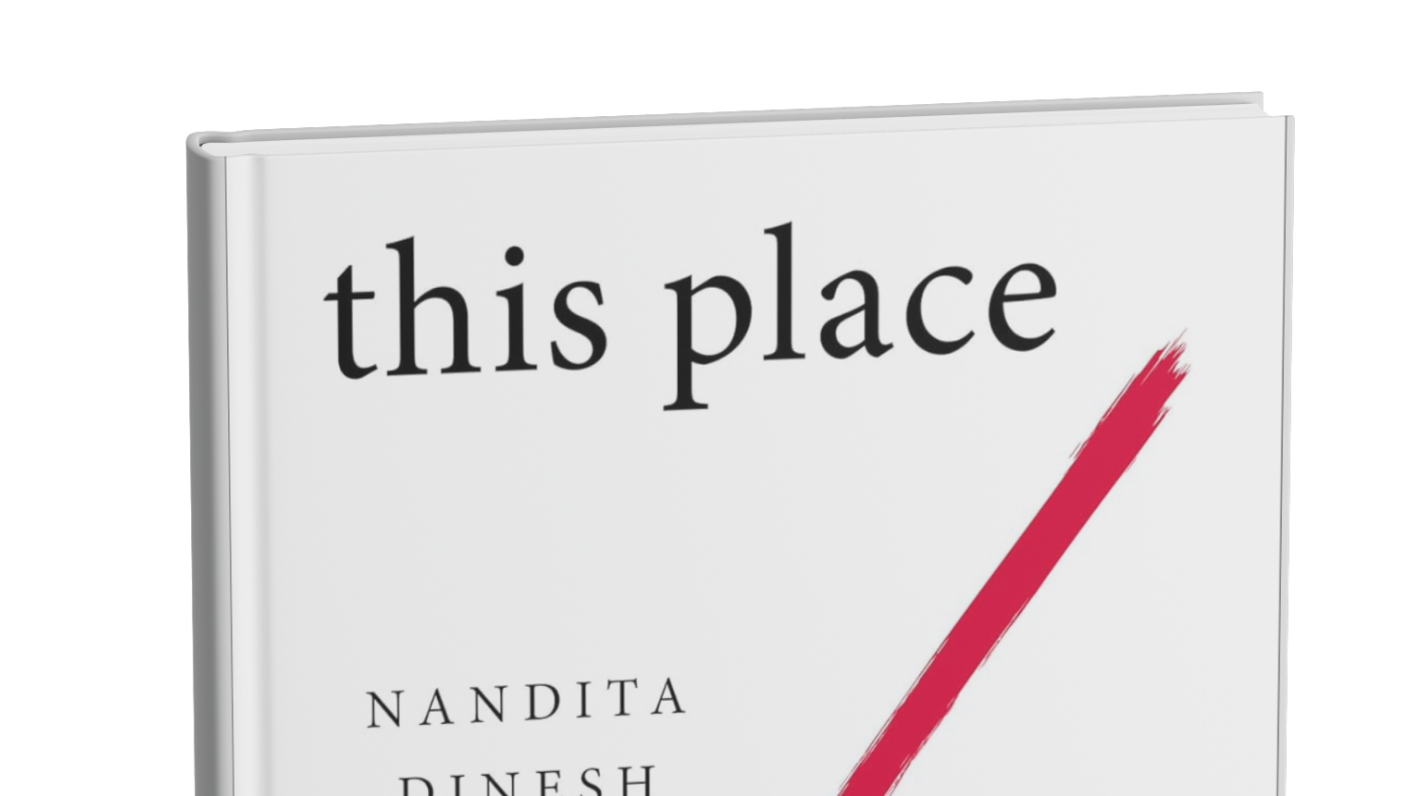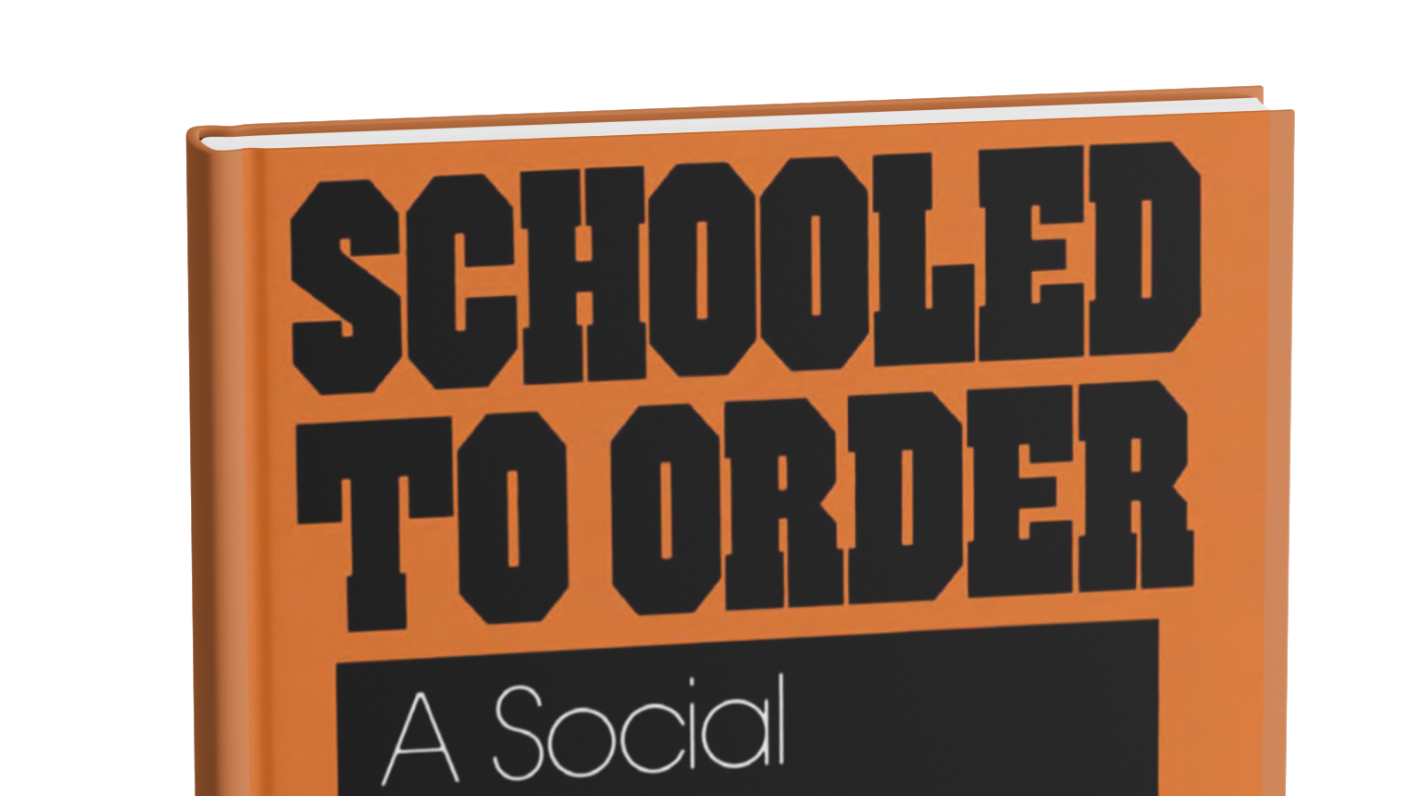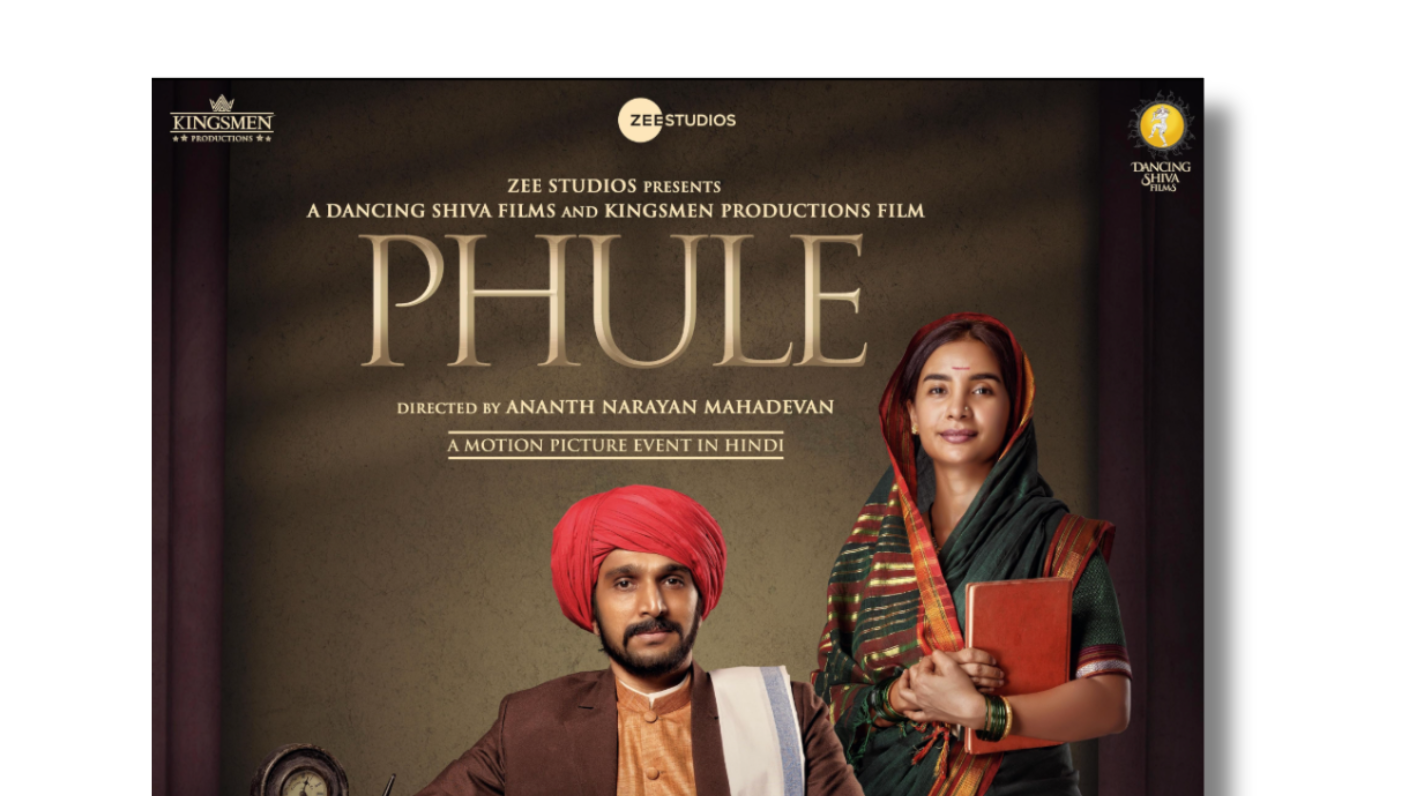In three sentences
1. Ways to activate our senses so we experience what we touch, listen to what we hear, and observe what we see.
2. Each participant is intelligent
3. Ensure that Theatre of the Oppressed is created by and for the oppressed– do not dilute the approach
Impressions
An easier read compared to Boal’s Theatre of the Oppressed (that I should read entirely nevertheless). Grateful to Arundhati Samudra for the recommendation!
How the text changed me
While almost all the books I’ve reviewed have encouraged me to do things with people, this book has offered some practical and powerful exercises to get going.
Top three quotes
We are not playing the role of the facilitator here, instead we are ‘difficultators’! We ask difficult questions, we challenge the audience.
The minimum definition of oppression is that oppression rules where monologue has replaced dialogue
Being an oppressor or being oppressed is not a question of individual choices, nor is it a moral question. It is also not a question of essences: no one is oppressed or an oppressor in the essence of their nature. Rather, there are social groups that relate one to another. It’s an historical question. The question that ought to be asked about slavery is not whether the master is good or not, but rather, why does slavery exist? We should perhaps follow Brecht’s observation: ‘we worry more about the abuse of power than about power in and of itself.’
Fascinating details
Theatre of the Oppressed is as much about process as performance. Everyday moments—like eating together or taking breaks—play a key role in building the trust and friendship needed for collaborative work.
The book defines oppression as a structural relationship between social groups—where one group consistently benefits at another’s expense. This framing shifts the focus from individual conflicts to systemic inequalities. It reminds us that oppression isn’t just personal; it’s political and often invisible until named and explored.
Fritz also stresses that being oppressed doesn’t automatically lead to resistance. People may internalize dominant norms or lack the tools to act. That’s where Boal’s method comes in. Theatre becomes a lab for recognizing injustice, testing responses, and imagining change.
This approach treats participants as active thinkers, not passive victims. It offers a space to reflect, connect, and rehearse transformation. The work doesn’t end on stage—it begins in how people relate, how they see their position in society, and what strategies they build together.
InExActArt makes clear: effective political theatre requires both structure and care. It’s not just about stories—it’s about shifting power.
Reference:
Fritz, Birgit. InExActArt: The Autopoietic Theatre of Augusto Boal: A Handbook of Theatre of the Oppressed Practice. Translated by Ralph Yarrow and Lana Sendzimir, ibidem, 2015.
I have adapted the questions I used to think about the text from Ali Abdaal.


